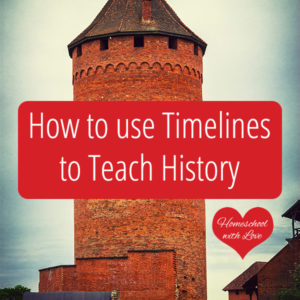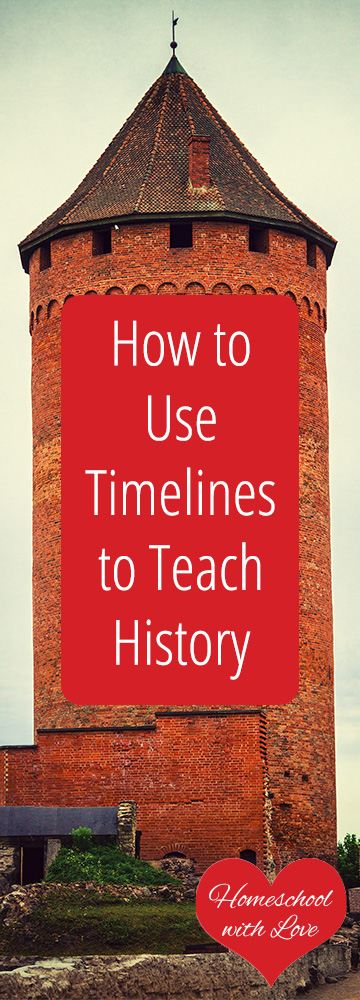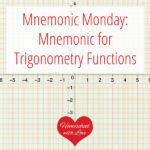
I love timelines, don’t you?
They make great visual aids for teaching history to kids of any age.
They’re fun to assemble too!
You can get your whole family involved in making them plus they make great wallpaper for your home.
If you’d like to know more about using timelines, just keep reading to discover the “whys”, “hows”, and “whats” about timelines.
*This post contains paid links. I earn a small commission from the sale of products purchased via these links. Please see my disclosure for details.
Using Timelines to Teach History
Why Use Timelines
There are lots of reasons for using timelines.
- They provide a great visual reference for people and events in history.
- They show when things happened and how events relate to one another.
- They allow children to see which historic characters were living during in the same era, even if they were continents apart.
- They are a great tool for making comparisons.
- They are beneficial for teaching not only history, but other subjects as well because they show historical figures from these other disciplines.
- Once you finish them (if you ever do), they become a resource for your child throughout her school years.
How to Make Them
There are two ways to create a timeline. One is to create a large banner for your walls. This is a great way to cover up boring white walls and make your timeline readily visible to all of your kids. The other way is to assemble a book. This can be a little more convenient. Here are some instructions for doing both.
To create a banner, you’ll need plenty of wall space in your school room. Butcher paper or large craft paper is best to use. Then you’ll need to measure out the length of wall space that you’ll be using. This will give you some sense of how you should space your time periods on the large paper. Label your paper in pencil first, then go over it in black marker so that it stands out. Next, you’ll want to find some kind of strong adhesive which will bare the weight of the paper but won’t damage your walls. The Blue Stik Adhesive Putty might be good for this. Finally, hang up your paper at a reasonable height so that you can attach the pictures to it without using a 10 foot ladder.
If you don’t want a banner in your house, you might want to make a book. That is what we did. We used a three-ring binder to hold our timelines. You can fill it with plain paper and then put years at the top of each page. This is a much simpler way to make a timeline and can be more easily modified by adding paper if you run out of space for a certain time period. But it doesn’t decorate your house as nicely as the banner does.
What to Use for Pictures
We used Amy Pak’s History Through the Ages Timeline Figures for our pictures. They include wonderful black and white illustrations that are perfect for the “artist” in your family to color. Each illustration comes with a caption and brief description of the person or event. The timelines come in two formats. One is a pre-printed set which can be copied to any size. That is what we used. But I was very delighted to discover a new format: a collection on CD. These are more versatile than the pre-printed images because you can choose the pictures you want to print, set the size of the image, and opt to exclude the text if you like. I think these would be perfect for reports and projects as well as timelines.
Do you use timelines to teach history? I’d love to hear about it in the comment section.







